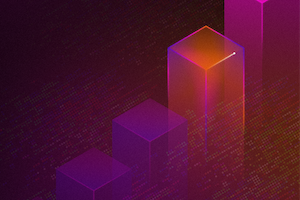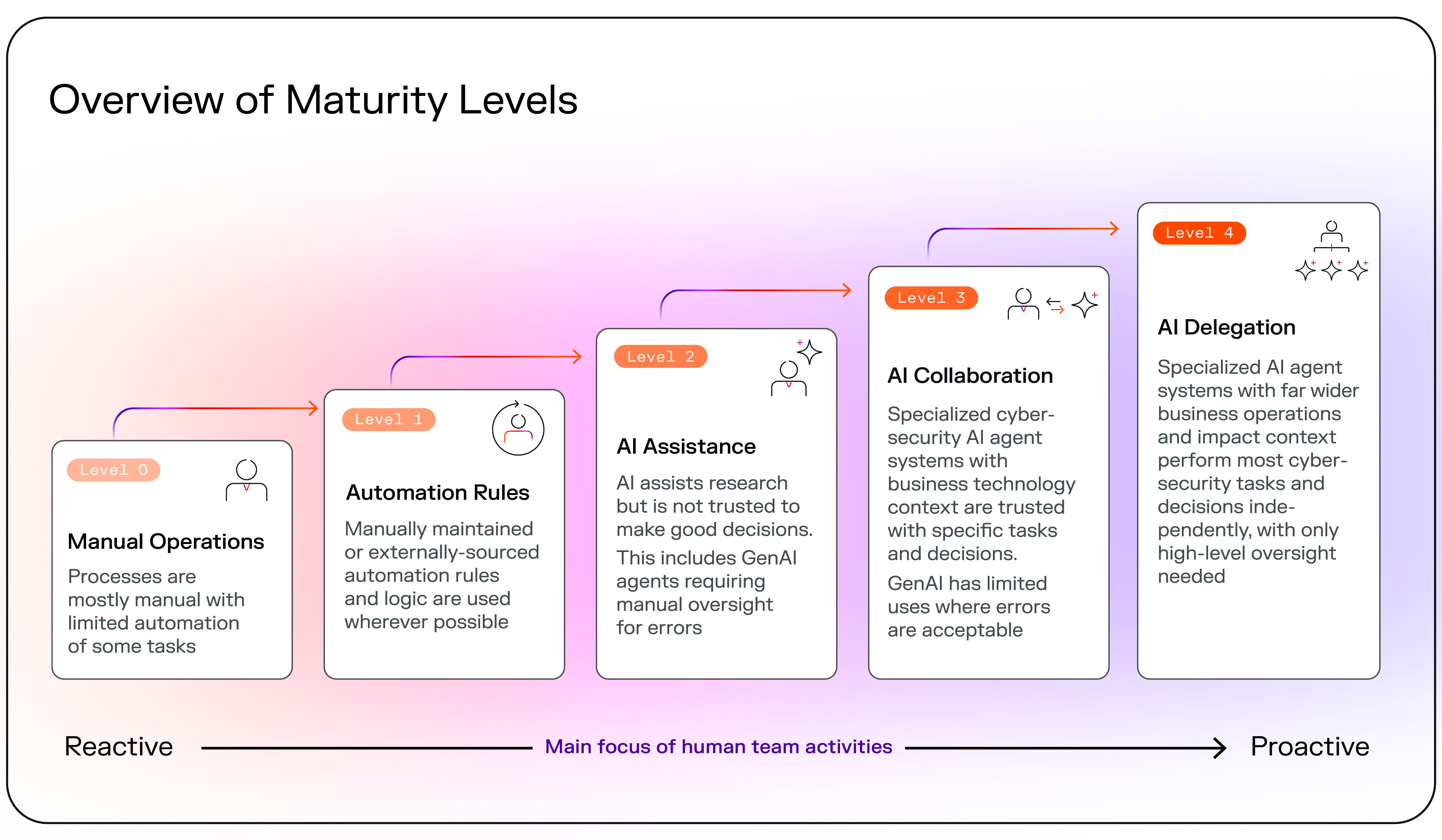About the AI Cybersecurity Report
We surveyed 1,800 CISOs, security leaders, administrators, and practitioners from industries around the globe. Our research was conducted to understand how the adoption of new AI-powered offensive and defensive cybersecurity technologies are being managed by organizations.
This blog is continuing the conversation from our last blog post “The State of AI in Cybersecurity: Unveiling Global Insights from 1,800 Security Practitioners” which was an overview of the entire report. This blog will focus on one aspect of the overarching report, the impact of AI on the cyber threat landscape.
To access the full report click here.
Are organizations feeling the impact of AI-powered cyber threats?
Nearly three-quarters (74%) state AI-powered threats are now a significant issue. Almost nine in ten (89%) agree that AI-powered threats will remain a major challenge into the foreseeable future, not just for the next one to two years.
However, only a slight majority (56%) thought AI-powered threats were a separate issue from traditional/non AI-powered threats. This could be the case because there are few, if any, reliable methods to determine whether an attack is AI-powered.
Identifying exactly when and where AI is being applied may not ever be possible. However, it is possible for AI to affect every stage of the attack lifecycle. As such, defenders will likely need to focus on preparing for a world where threats are unique and are coming faster than ever before.

Are security stakeholders concerned about AI’s impact on cyber threats and risks?
The results from our survey showed that security practitioners are concerned that AI will impact organizations in a variety of ways. There was equal concern associated across the board – from volume and sophistication of malware to internal risks like leakage of proprietary information from employees using generative AI tools.
What this tells us is that defenders need to prepare for a greater volume of sophisticated attacks and balance this with a focus on cyber hygiene to manage internal risks.
One example of a growing internal risks is shadow AI. It takes little effort for employees to adopt publicly-available text-based generative AI systems to increase their productivity. This opens the door to “shadow AI”, which is the use of popular AI tools without organizational approval or oversight. Resulting security risks such as inadvertent exposure of sensitive information or intellectual property are an ever-growing concern.
Are organizations taking strides to reduce risks associated with adoption of AI in their application and computing environment?
71.2% of survey participants say their organization has taken steps specifically to reduce the risk of using AI within its application and computing environment.
16.3% of survey participants claim their organization has not taken these steps.
These findings are good news. Even as enterprises compete to get as much value from AI as they can, as quickly as possible, they’re tempering their eager embrace of new tools with sensible caution.
Still, responses varied across roles. Security analysts, operators, administrators, and incident responders are less likely to have said their organizations had taken AI risk mitigation steps than respondents in other roles. In fact, 79% of executives said steps had been taken, and only 54% of respondents in hands-on roles agreed. It seems that leaders believe their organizations are taking the needed steps, but practitioners are seeing a gap.
Do security professionals feel confident in their preparedness for the next generation of threats?
A majority of respondents (six out of every ten) believe their organizations are inadequately prepared to face the next generation of AI-powered threats.
The survey findings reveal contrasting perceptions of organizational preparedness for cybersecurity threats across different regions and job roles. Security administrators, due to their hands-on experience, express the highest level of skepticism, with 72% feeling their organizations are inadequately prepared. Notably, respondents in mid-sized organizations feel the least prepared, while those in the largest companies feel the most prepared.
Regionally, participants in Asia-Pacific are most likely to believe their organizations are unprepared, while those in Latin America feel the most prepared. This aligns with the observation that Asia-Pacific has been the most impacted region by cybersecurity threats in recent years, according to the IBM X-Force Threat Intelligence Index.
The optimism among Latin American respondents could be attributed to lower threat volumes experienced in the region, but it's cautioned that this could change suddenly (1).
What are biggest barriers to defending against AI-powered threats?
The top-ranked inhibitors center on knowledge and personnel. However, issues are alluded to almost equally across the board including concerns around budget, tool integration, lack of attention to AI-powered threats, and poor cyber hygiene.
The cybersecurity industry is facing a significant shortage of skilled professionals, with a global deficit of approximately 4 million experts (2). As organizations struggle to manage their security tools and alerts, the challenge intensifies with the increasing adoption of AI by attackers. This shift has altered the demands on security teams, requiring practitioners to possess broad and deep knowledge across rapidly evolving solution stacks.
Educating end users about AI-driven defenses becomes paramount as organizations grapple with the shortage of professionals proficient in managing AI-powered security tools. Operationalizing machine learning models for effectiveness and accuracy emerges as a crucial skill set in high demand. However, our survey highlights a concerning lack of understanding among cybersecurity professionals regarding AI-driven threats and the use of AI-driven countermeasures indicating a gap in keeping pace with evolving attacker tactics.
The integration of security solutions remains a notable problem, hindering effective defense strategies. While budget constraints are not a primary inhibitor, organizations must prioritize addressing these challenges to bolster their cybersecurity posture. It's imperative for stakeholders to recognize the importance of investing in skilled professionals and integrated security solutions to mitigate emerging threats effectively.
To access the full report click here.
References
1. IBM, X-Force Threat Intelligence Index 2024, Available at: https://www.ibm.com/downloads/cas/L0GKXDWJ
2. ISC2, Cybersecurity Workforce Study 2023, Available at: https://media.isc2.org/-/media/Project/ISC2/Main/Media/ documents/research/ISC2_Cybersecurity_Workforce_Study_2023.pdf?rev=28b46de71ce24e6ab7705f6e3da8637e

























